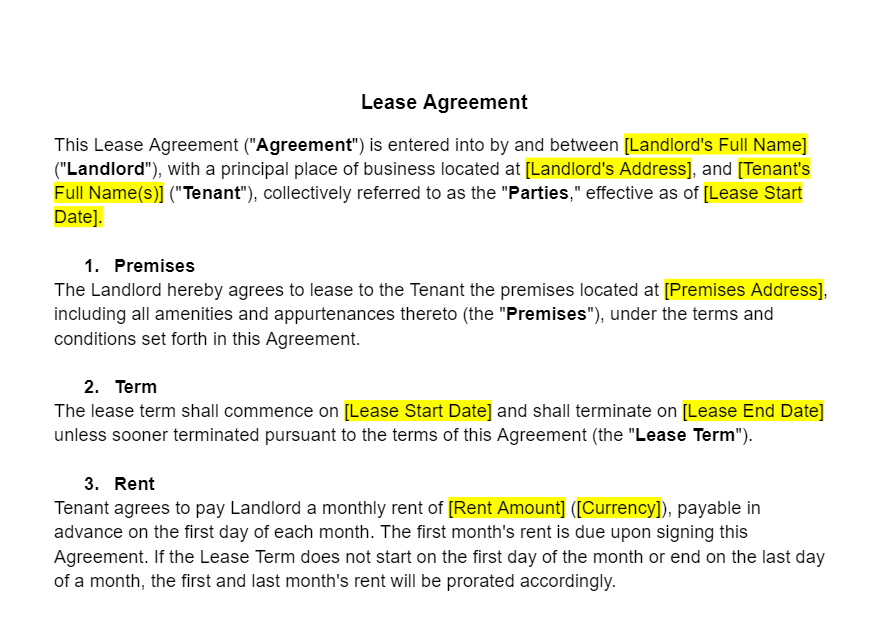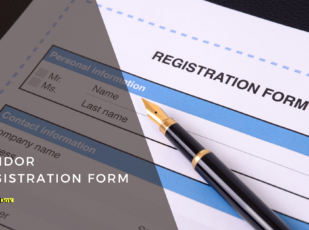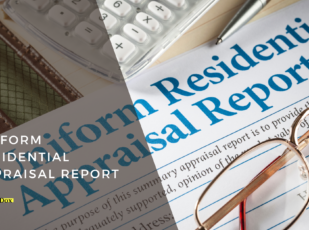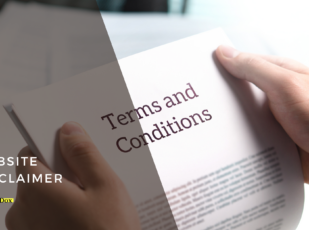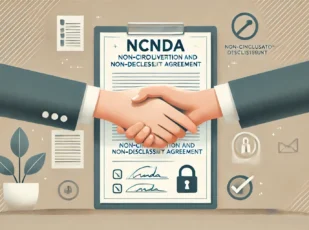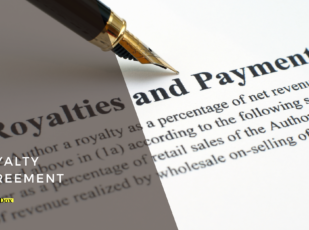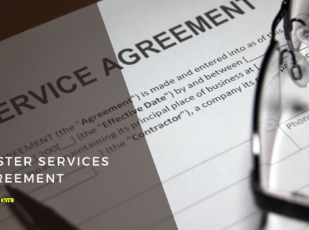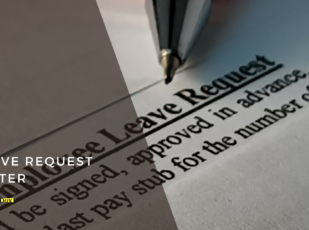
Lease Agreement Template
7 Downloads
Commercial, Real Estate
December 8, 2024
Sayantani Dutta
Real estate investment is a foundational strategy for building generational wealth. Millions of Americans have second homes or investment properties they rent out to tenants for a little extra passive cash flow.
But the reality of renting out your property is that the perfect tenant scenario doesn’t always play out. While most tenants are honest, hardworking people, some can become absolute nightmares to deal with. The lease agreement gives the landlord a legal document they can use to start the eviction process.
A lease agreement can cover the rental period for assets and property other than real estate. You can use the lease to define the rental terms of equipment, vehicles, and other physical and digital assets, like domain names.
Most of us know the lease agreement for renting a home, so for the purposes of this post, we’ll discuss how lease agreements apply to real estate. However, it’s easy enough to carry these principles across into any lease agreement for any form of property. The lease agreement should include the following important details.
- The type of lease agreement, in this case, is a residential lease agreement.
- The full names of the lessor and lessee (landlord and tenant).
- Date of lease origination.
- The landlord and tenants’ current physical addresses.
- A description of the residential property to be rented and its physical address.
- The term of occupancy by the tenant.
- The rent or required lease payments.
After the parties (lessor and lessee) sign the lease agreement, it becomes a binding rental contract under law. The landlord doesn’t need to notarize the document, nor is there any need for witnesses to be present when the landlord and tenant sign.
Types of Real Estate Lease Agreements
Apartment Lease Agreement – A rental agreement for a residence in a multi-unit structure.
Condo Lease Agreement – These agreements follow guidelines and bylaws set by the local condominium association.
House Lease Agreement – For single-family homes that aren’t part of a larger development.
Commercial Lease Agreement – Covering the lease of commercial property to businesses.
Rent-to-Own Lease Agreement – The tenant gets the right to pay off the rental unit and own it after completing the lease.
Standard Lease Agreement – The benchmark lease agreement used in everyday landlord transactions.
Month-to-Month Lease Agreement – Also known as the “tenancy-at-will” lease, this contract allows the tenant to cancel at any time, provided they give the landlord 30 days’ notice.
Sublease Agreement – The tenant will let a room in the home or the entire home to another person (the subtenant). Generally, landlords don’t allow this practice, but they may in instances of communal living arrangements, such as the roommate agreement.
Roommate Lease Agreement – More of an agreement between housemates than a lease. It discusses rent commitments but focuses more on rules surrounding housemate behavior.
Outlining the Lease Terms and Conditions
Every rental contract must include the following headings in the terms and conditions, with specific definitions of the obligations the tenant and landlord have to each other covered in each section.
- Date of tenancy/ occupation.
- Details of the security deposit.
- The date the first month’s rent is due and a schedule for rent payments thereafter.
- Lease type (fixed-term, month-to-month, etc.)
- Use of the property if the tenant is using it for home business purposes.
- Penalties involved with late rent payments.
- Who pays the utility bill?
Rules and Provisions within the Lease Agreement Terms
The rental lease agreement terms cover the provisions of the contract and the obligations of the lessor and lessee. The clauses contained in the provisions contain language dictating the proper code of conduct for using the rental property.
If either the landlord or the tenant breaks the terms of the lease outlined in the provisions, the offending party responsible for the violation goes into “breach” of the agreement. Depending on the severity of the breach, the other party may be entitled to pursue legal action against the other.
When the tenant or landlord breaks a rule or provision in the lease agreement, the party in violation is in “breach” of their obligations and at possible risk of the counterparty taking legal action against them. Breaches can occur on both the landlord and the tenant side, but they’re more common on the tenant side of the contract.
If the landlord is using property managers to handle the rental application process, they must clearly communicate the terms they want to be included in the provisions regarding the tenant’s use of the landlord’s personal property.
Provisions cover the house rules and prohibited behavior on the property. Here are a few examples of components of the provisions regarding the landlord’s rules for the tenant.
- The use of parking facilities.
- Smoking of tobacco or marijuana on the premises.
- Pets
- Subletting rooms or the entire property.
- Noise and quiet hours.
- Having guests over, both overnight and during daytime hours.
- Abandonment of personal property.
- Maintenance and repairs.
- Notices
- Early lease termination
Rent Terms and Late Rent Payments and Penalties
Obviously, agreeing on the payment of rent is the primary point of the lease agreement, and the contract must note the rent amount and the rental arrangement, including weekly or monthly payment requirements. The landlord must stipulate the due date for the rent each month or week and offer a grace period for late payments where they promise not to charge the tenant a late fee.
Local laws on grace periods change from state to state and after it expires, the tenant is liable for a late fee. The lease must include the cost of late fees and other violations of the payment terms, such as a bounced check.
Security Deposit
Some tenants can damage your property during their stay. They might have young kids who take their creative crayon skills out on the bedroom walls. The landlord recovers the cost of repainting from the security deposit when the tenants leave.
Generally, the landlord will charge anywhere from one to three months’ rent for the security deposit amount. Typically, the landlord must keep the security deposit in an interest-bearing account and repay it when the tenant leaves. If the tenant extends their lease, the contract rolls over, and the landlord retains the deposit until the new lease ends.
Lease Addendums and Disclosures
The landlord and tenant both sign amendments to legally incorporate them into the contract and make them binding terms to the lease agreement.
The disclosure section provides a statement relaying specific information to the tenant concerning their use of the residence. The general addendums, disclosures, and notices you’ll find in lease agreements include the following.
- Eviction notices and reasonable notice periods for evictions.
- Lead-based paint disclosure.
- Moving-in and moving-out personal property checklist.
- Security deposit return letter.
When Can the Landlord Legally Evict the Tenant?
If the tenant breaches the contract terms, they’re in violation of the agreement, and they could be evicted if the landlord decides to take legal action. Evictions can get messy, and the rules surrounding the legal actions landlords can take vary from state to state. The landlord in Florida might have different options available to them than a landlord in New York or New Jersey. Get legal advice from a contract lawyer who is knowledgeable about state law in your city.
Can Tenants Exit a Lease without Getting into Legal Trouble?
If the tenant signed the contract within the lat few days, they can look for a rescission clause to escape the contract. Private landlords usually don’t include it, but if you designed it with a property manager, you might find it somewhere in the lease terms. If that clause isn’t in the contract, and many landlords don’t include it, you’ll need to look for other vulnerabilities.
There’s also the option of subletting the property. Most landlords don’t allow it, but they might agree to your finding a subtenant to take over the rental responsibilities in a long-term situation; for instance, if you move to Europe for six months and you find a new tenant to stay there while you’re gone.
If you can’t find any way to legally escape the contract, it might be worth reaching out to the landlord to tell them about your problem. While the landlord has no duty to help the renter out, they might have a good nature and let them void the agreement if they can find another tenant or cover the costs of marketing the property again.
Download and Customize a Lease Agreement Template from FreshDox
Protect your real estate investment and enforce your landlord rights with a fully customizable lease agreement template from FreshDox.com. Take our platform for a test drive with a free 7-day trial and browse our document catalog of legal, financial, professional, and educational documents. There’s no obligation to subscribe when your trial ends, but you’ll get seven days to check out our full archive and see what it offers your business, schooling, or professional work.
Related Templates
Discover more templates that align with your needs and preferences.

Ready to Sign Up?
Sign up for FreshDox.com’s 7-day trial and discover why so many individuals and businesses trust us for their legal document template needs.
- Cancel any time
- 7-day free trial
- From 300+ Customer Reviews

